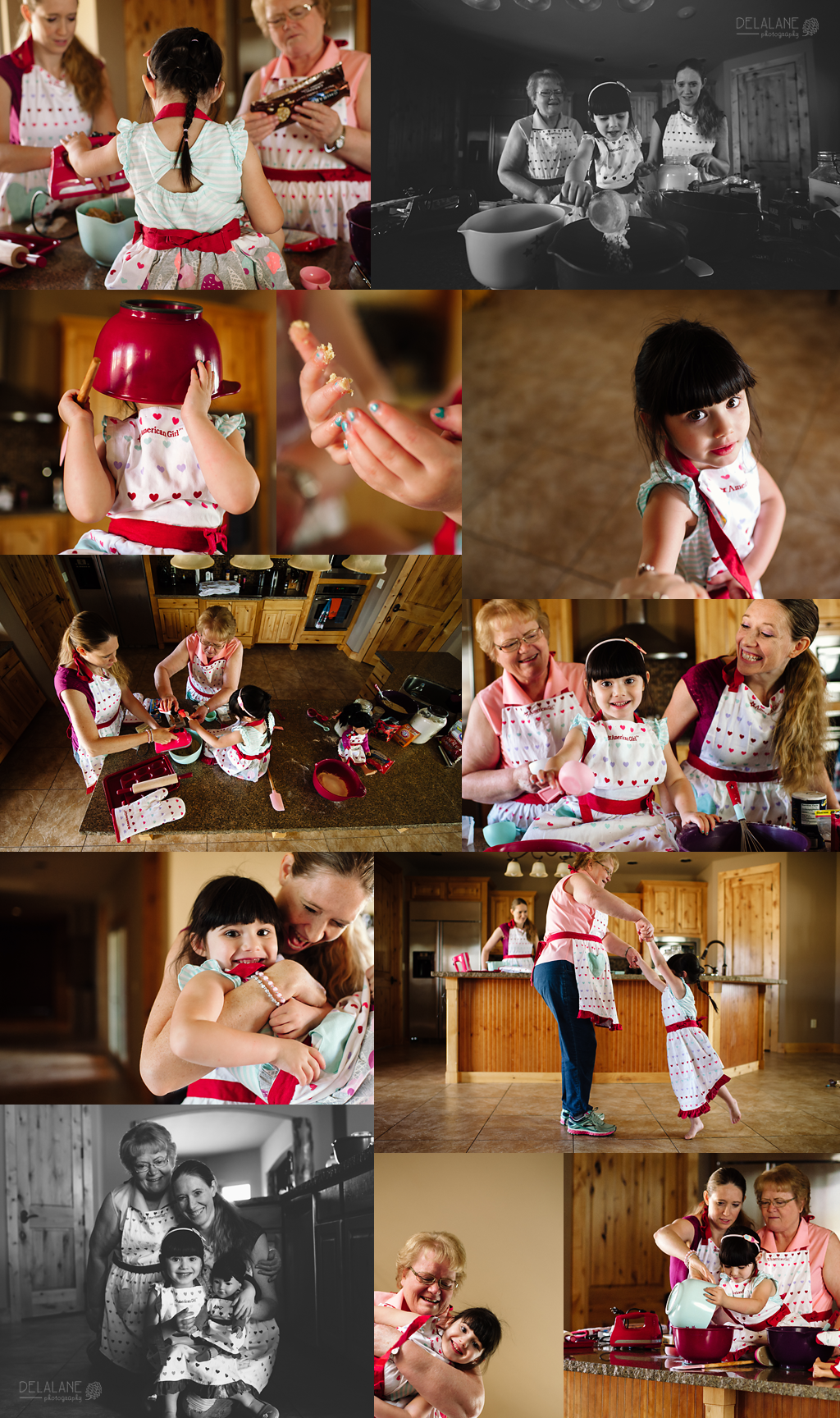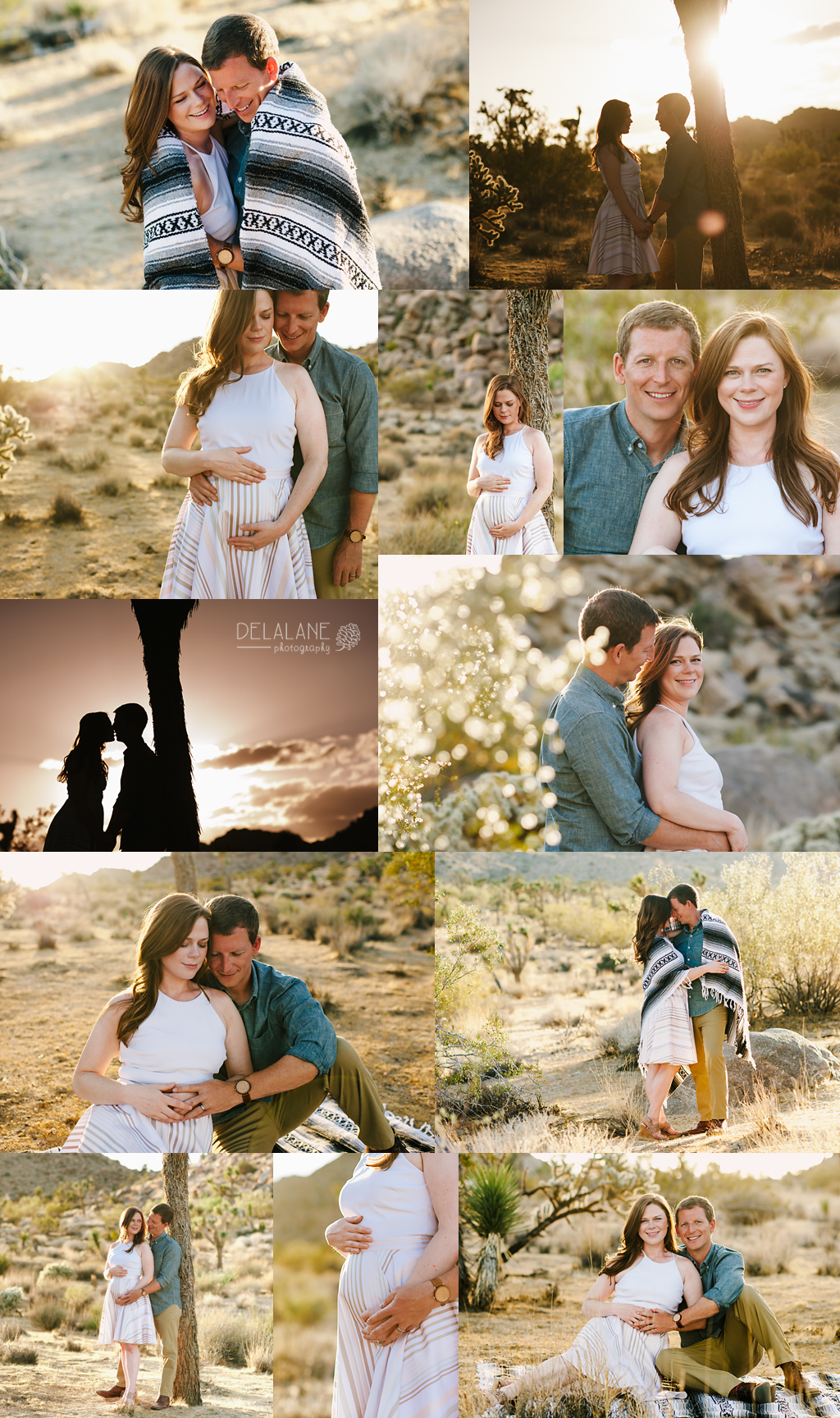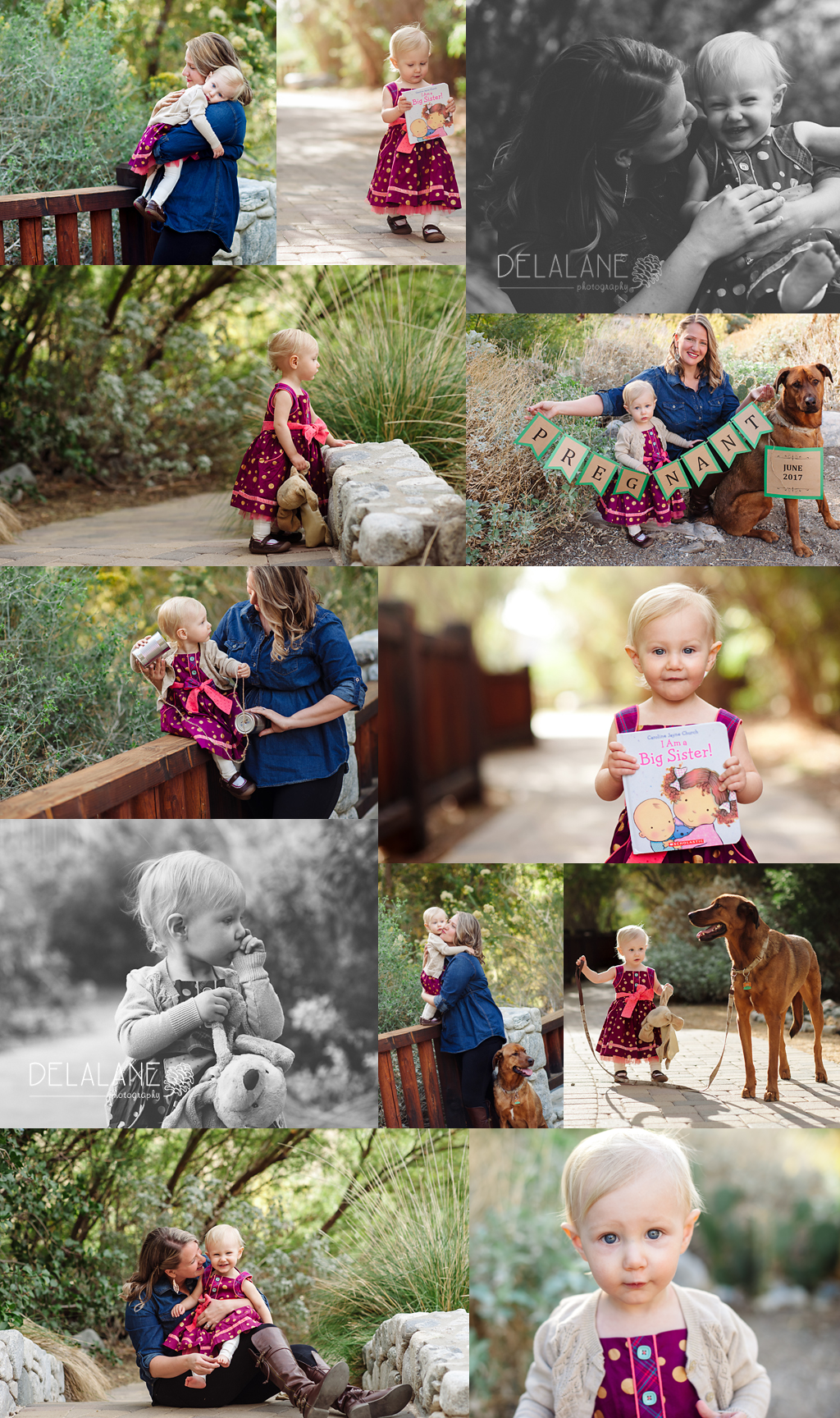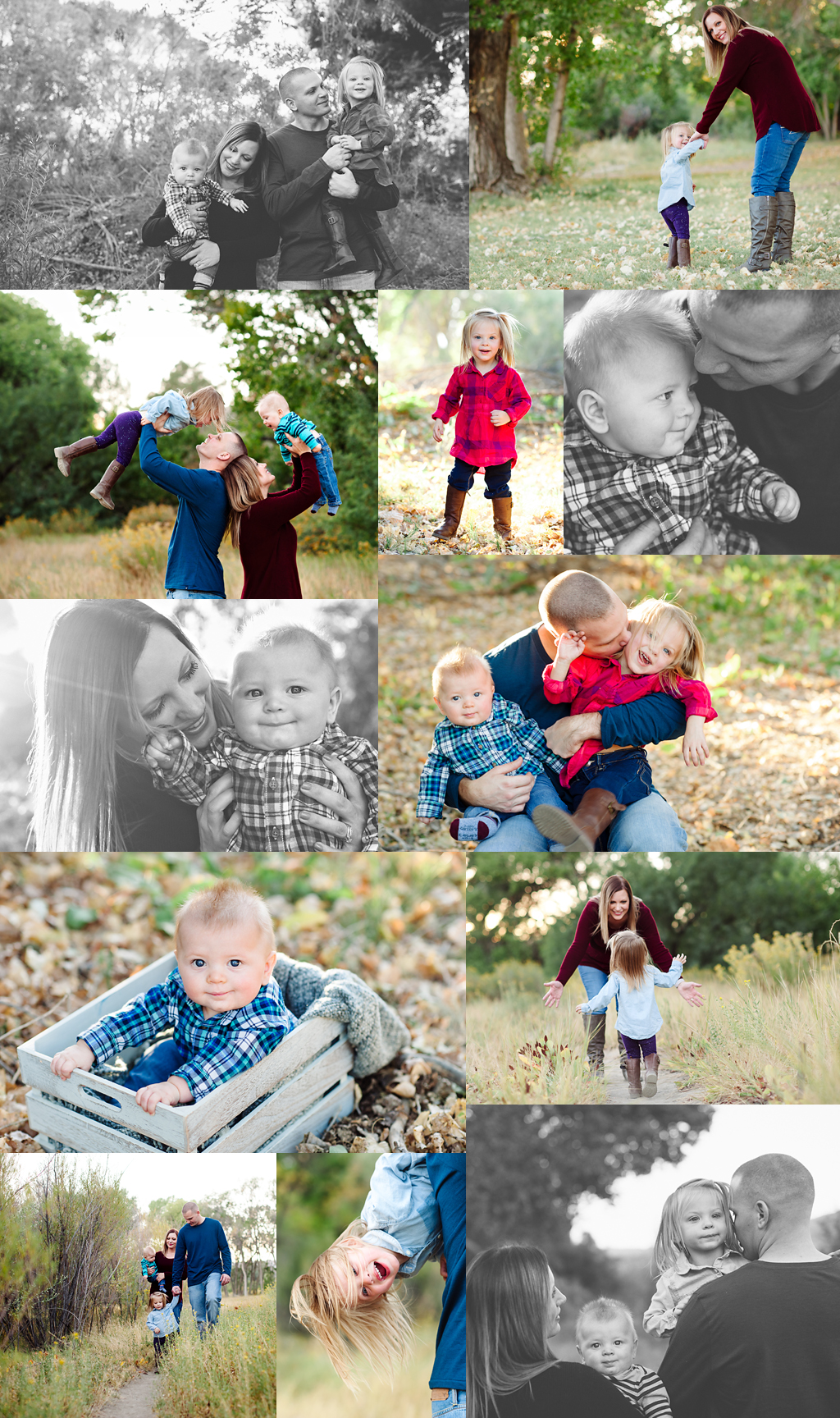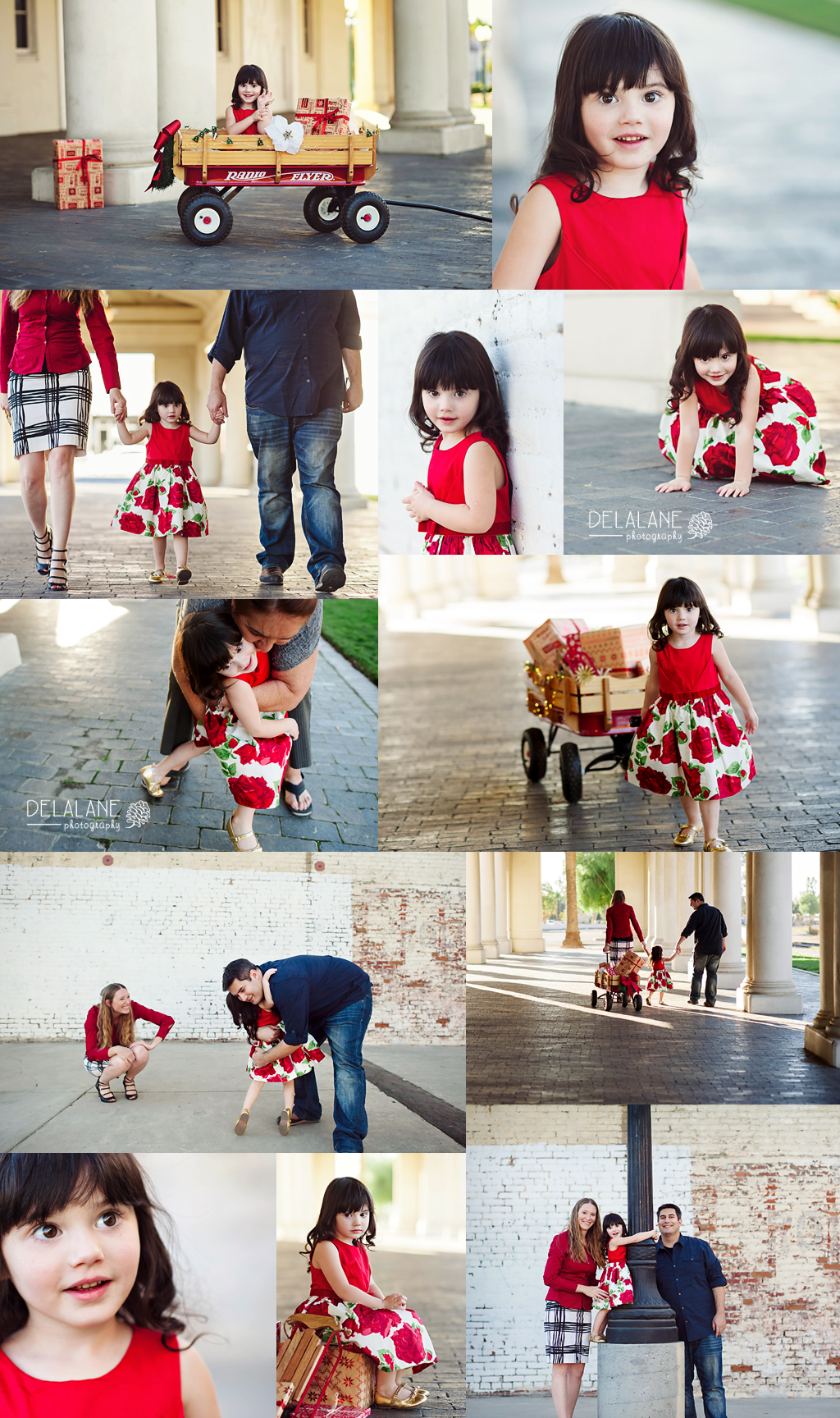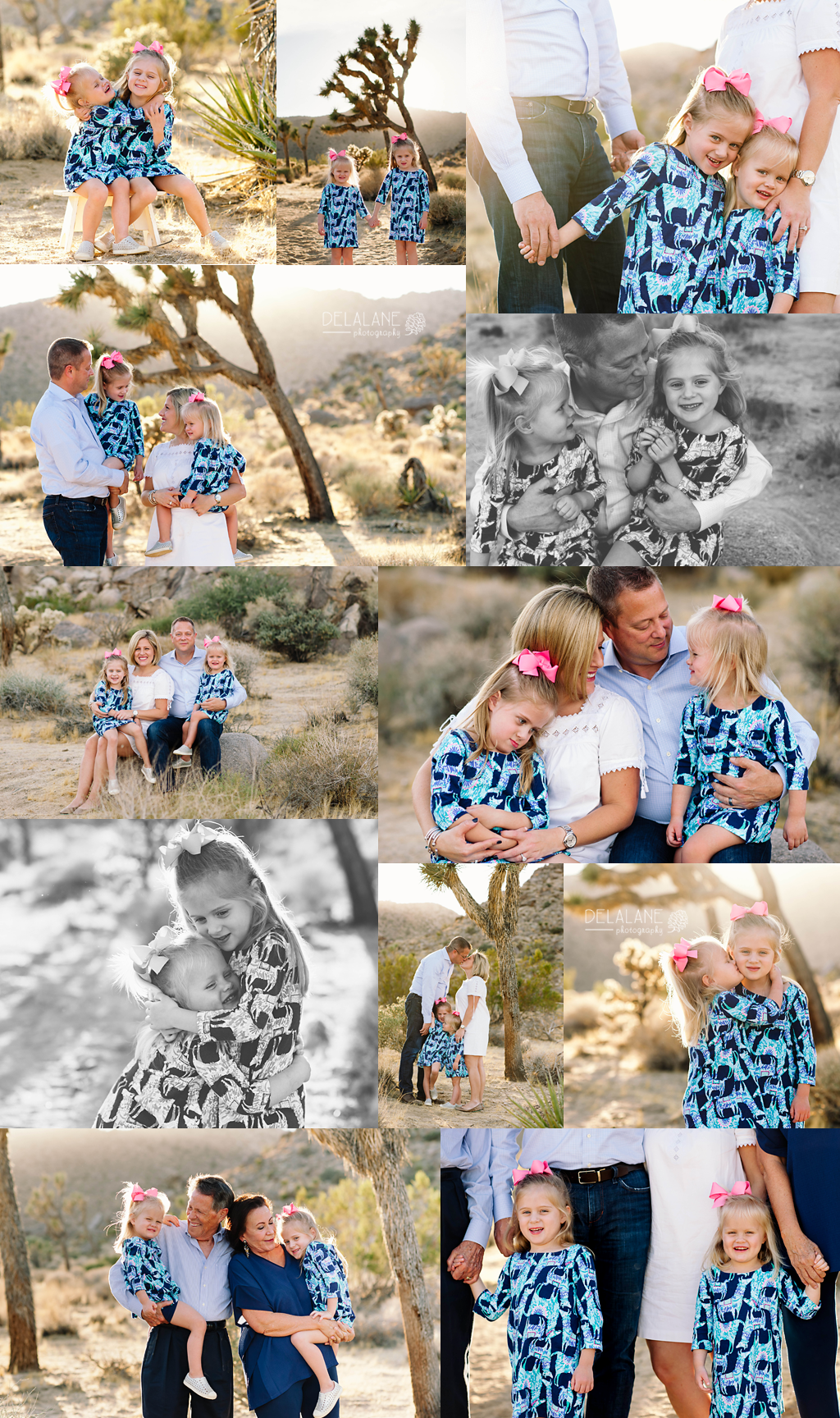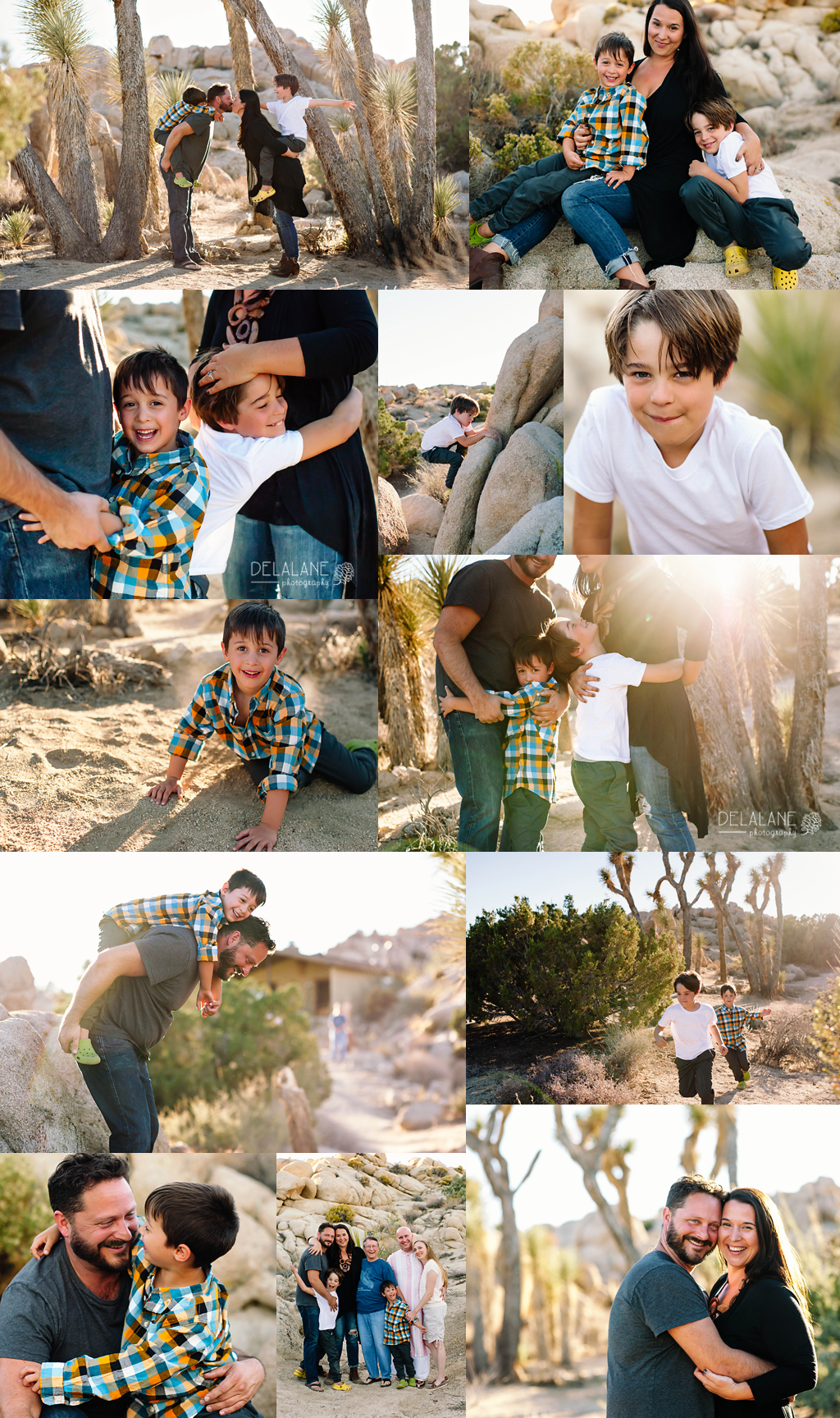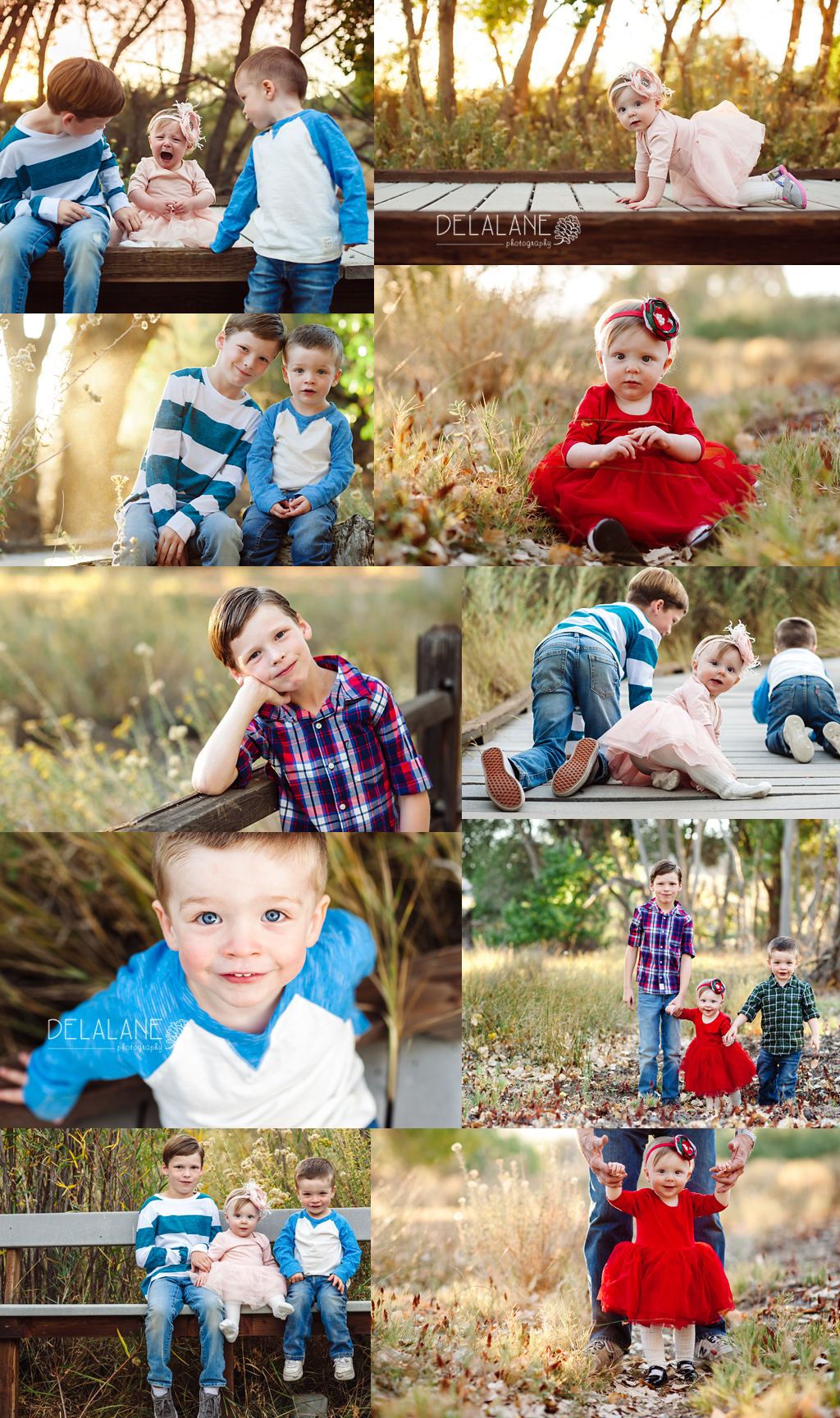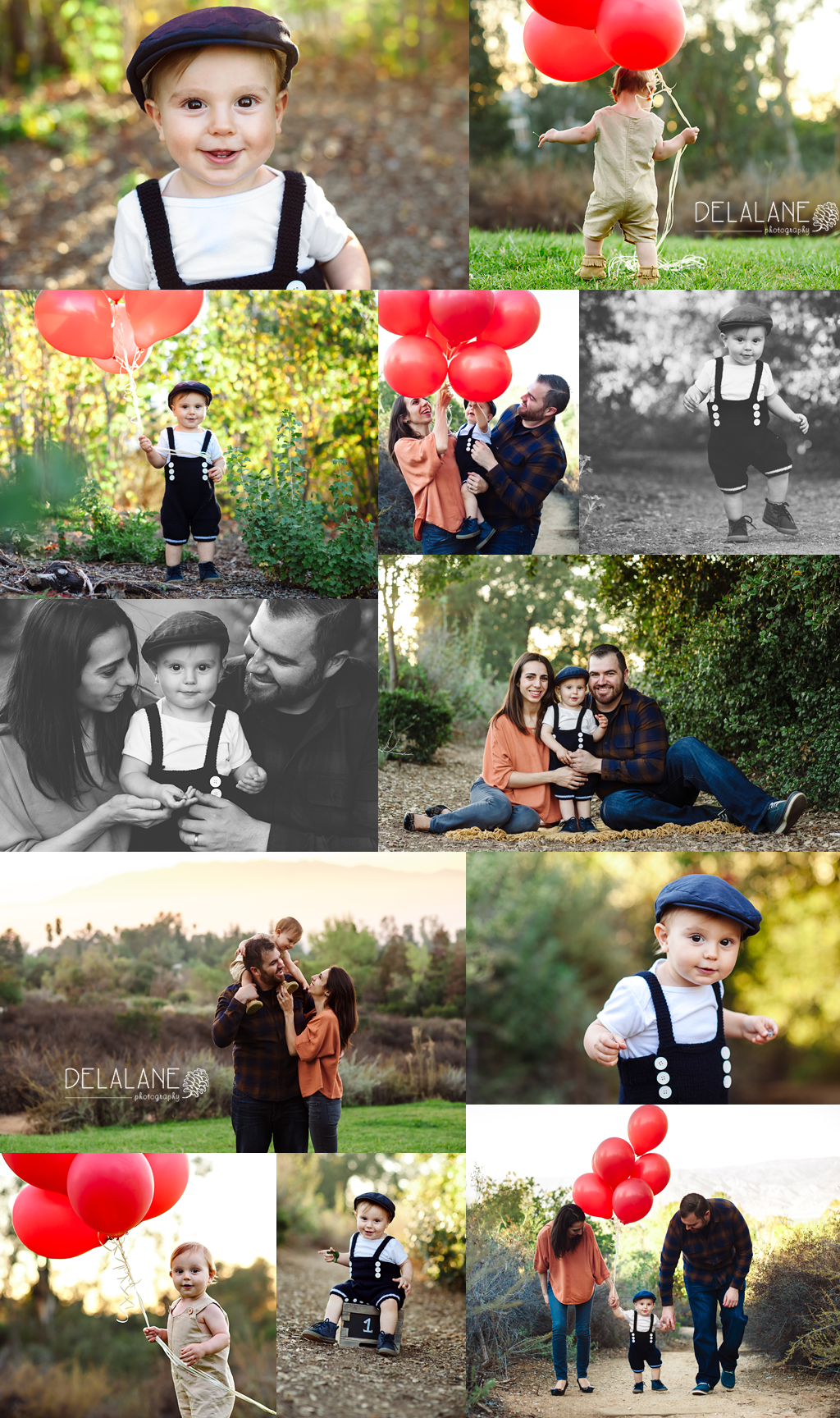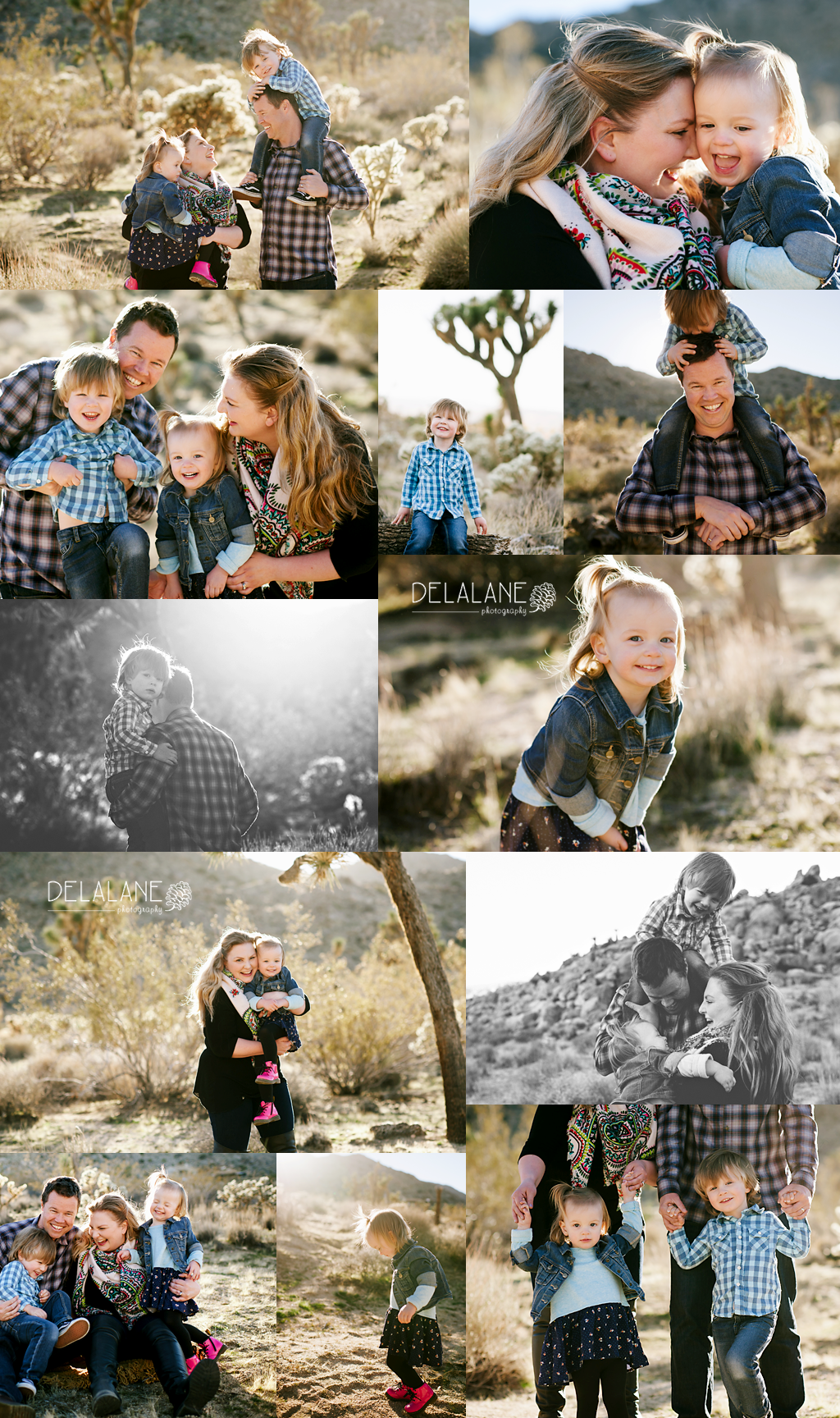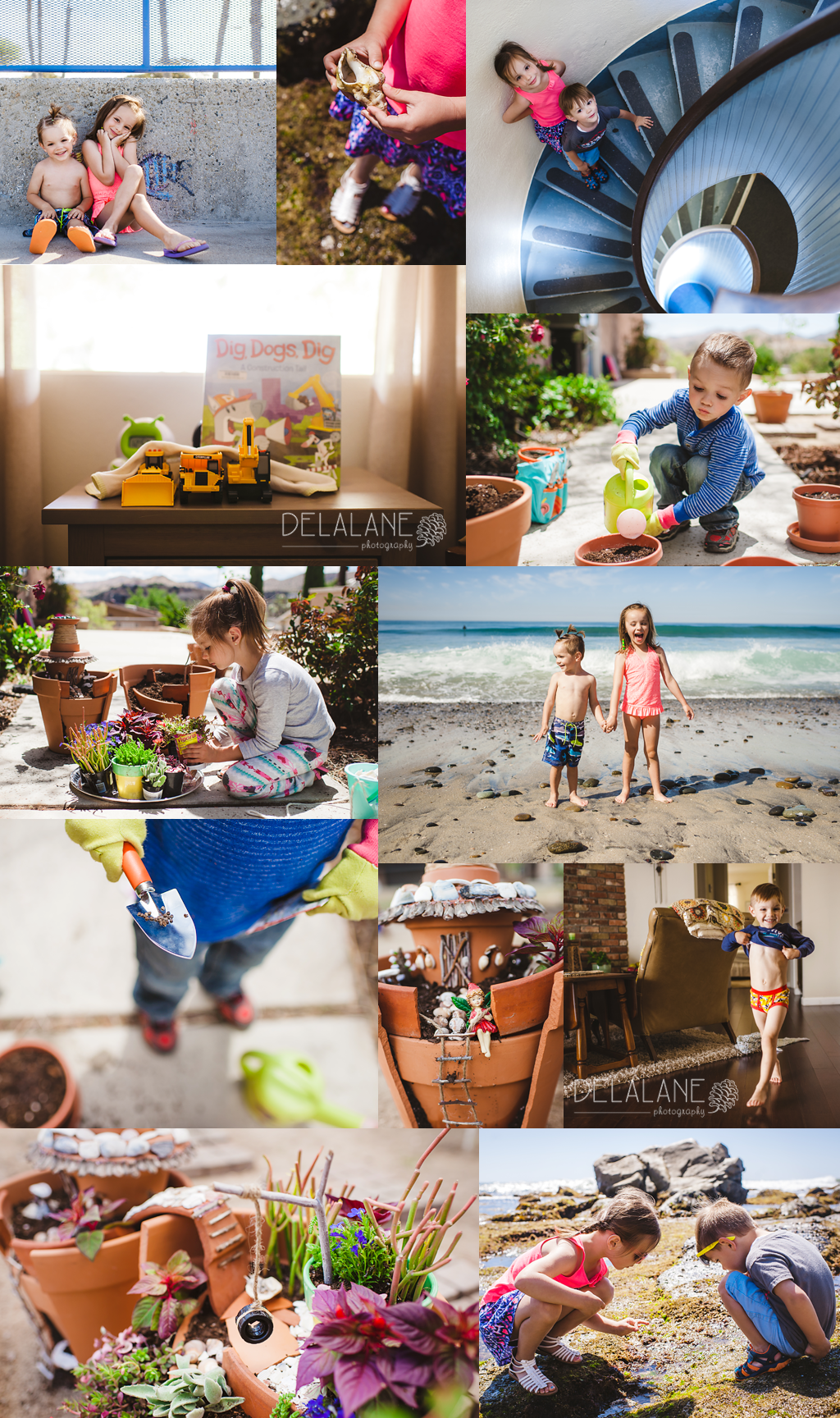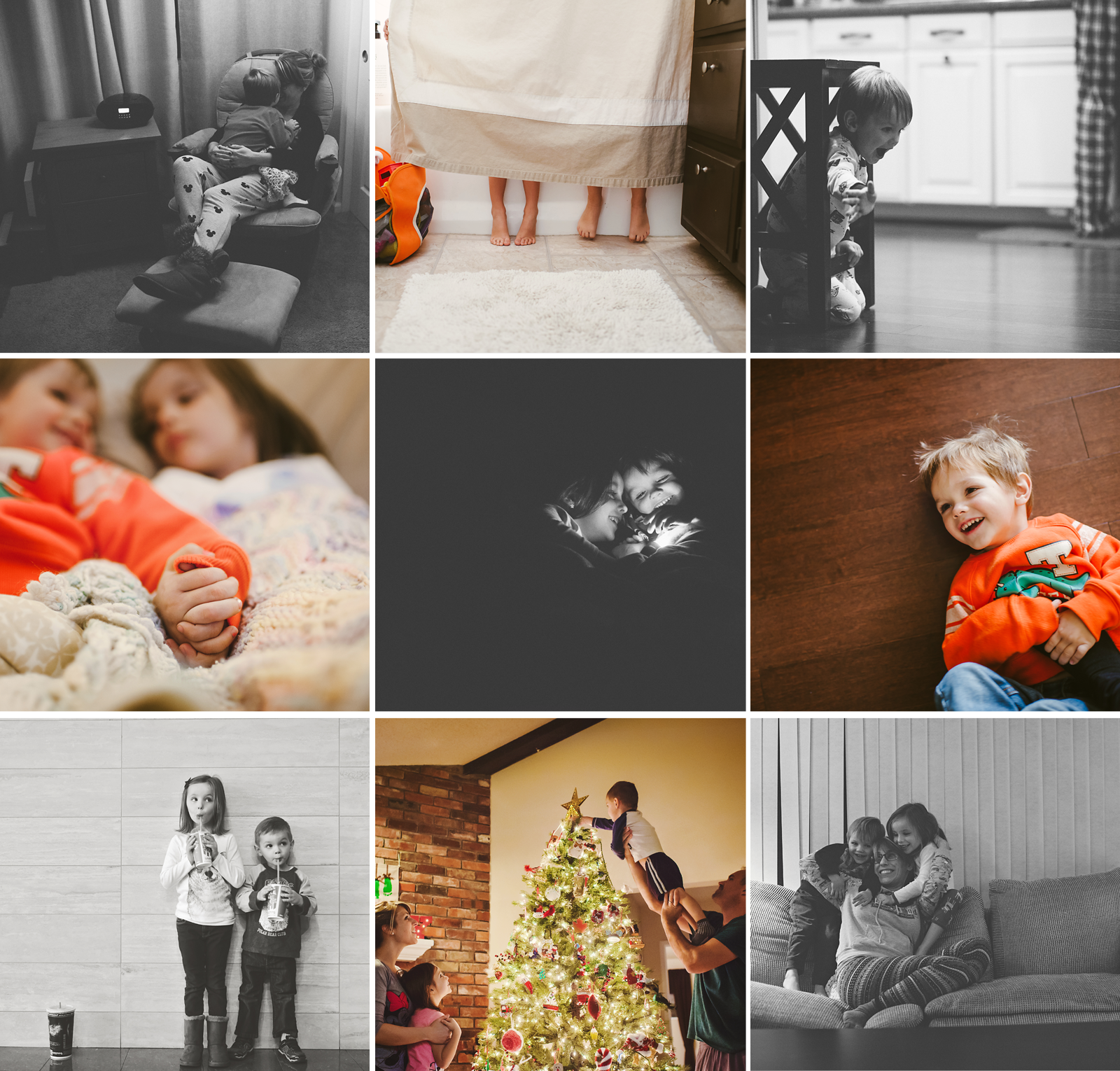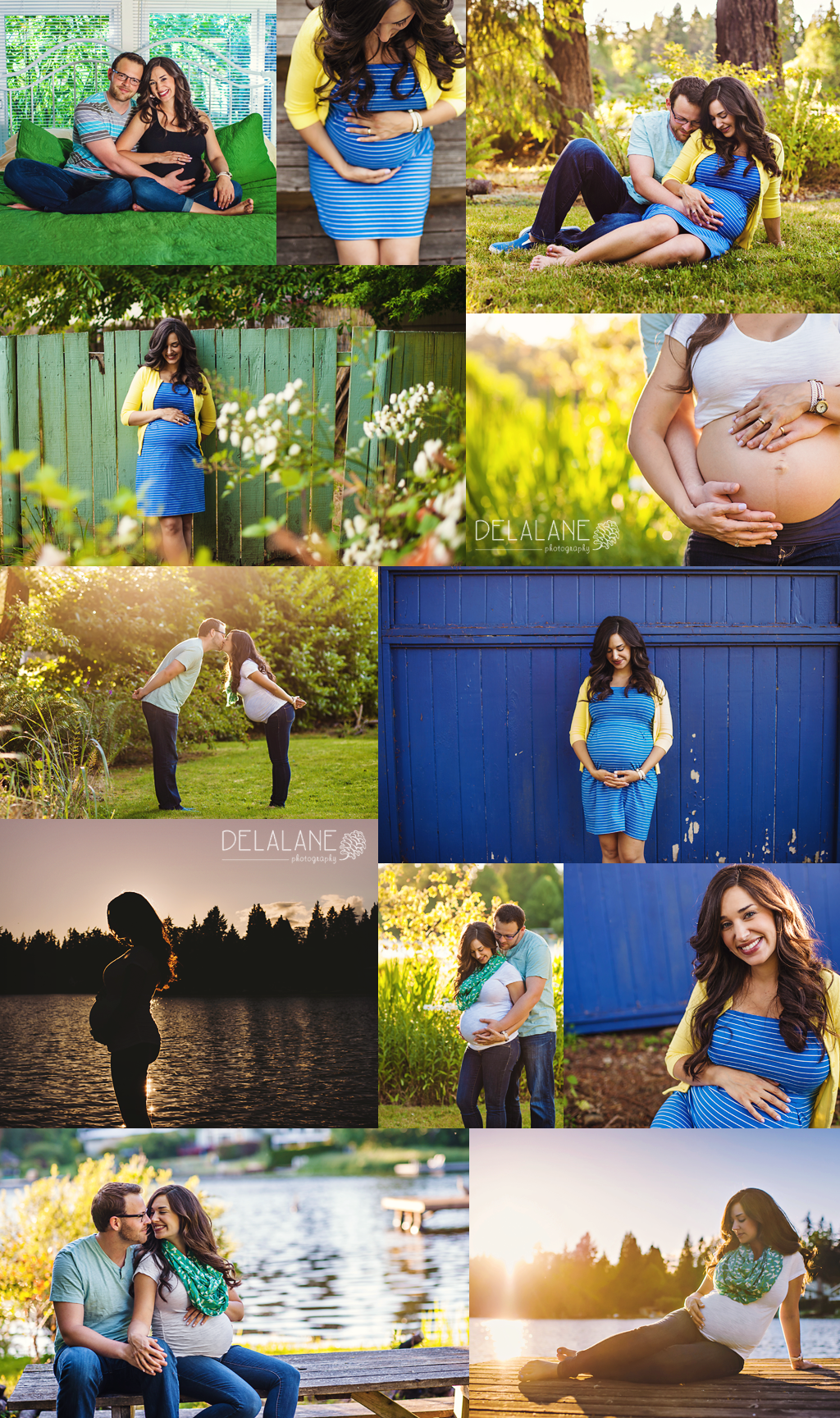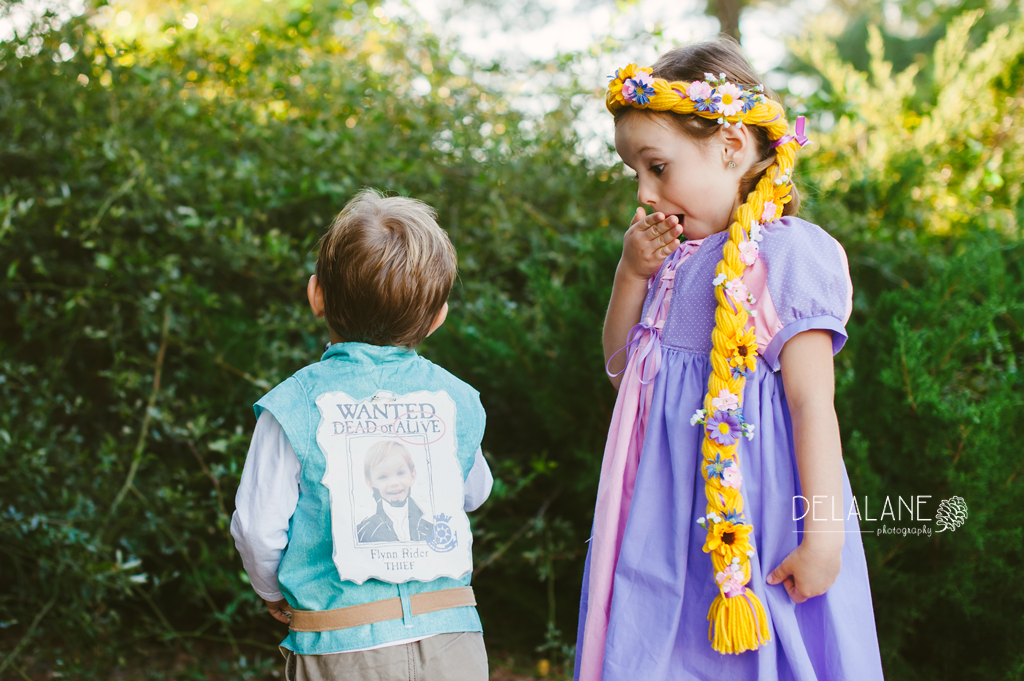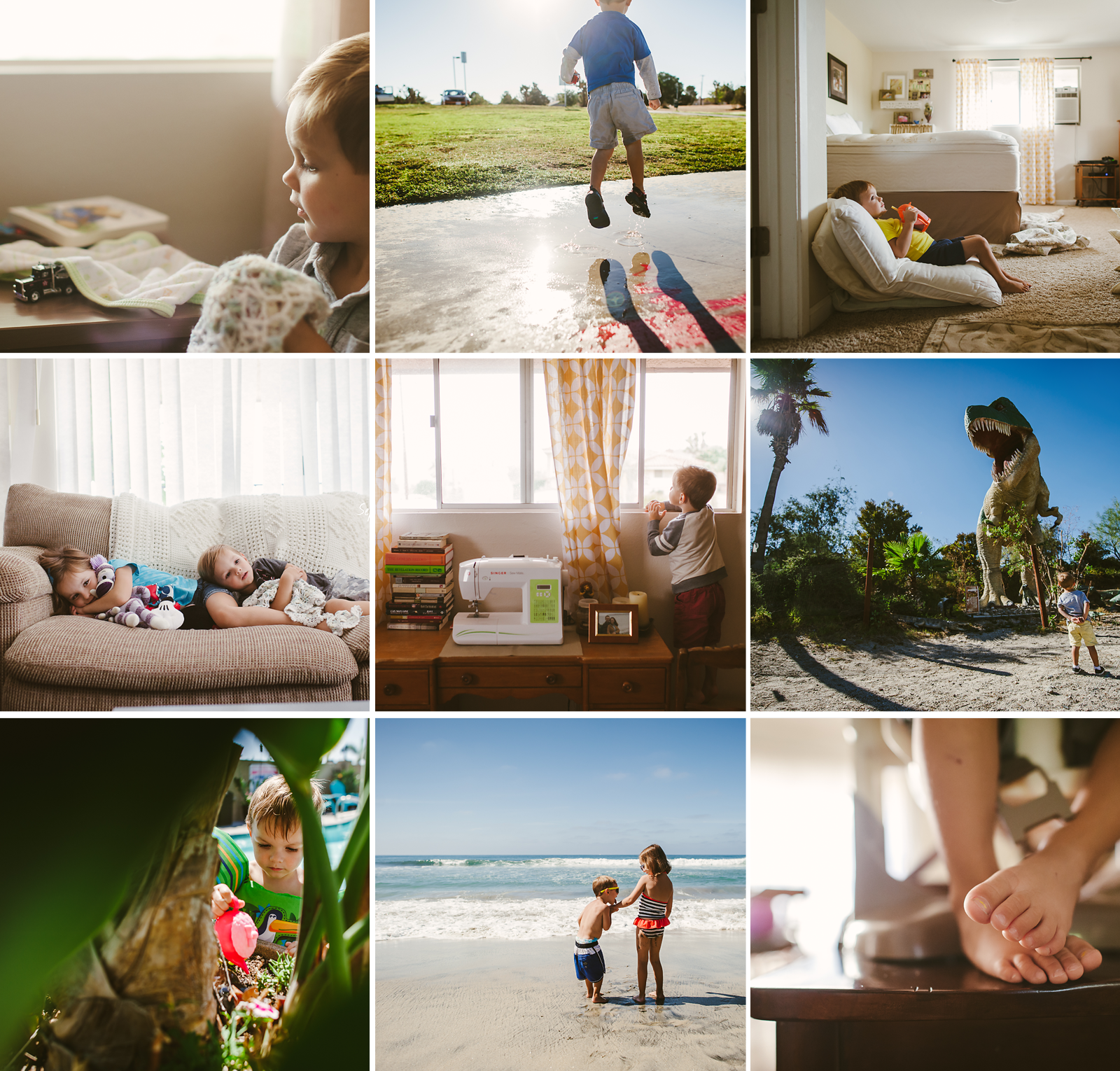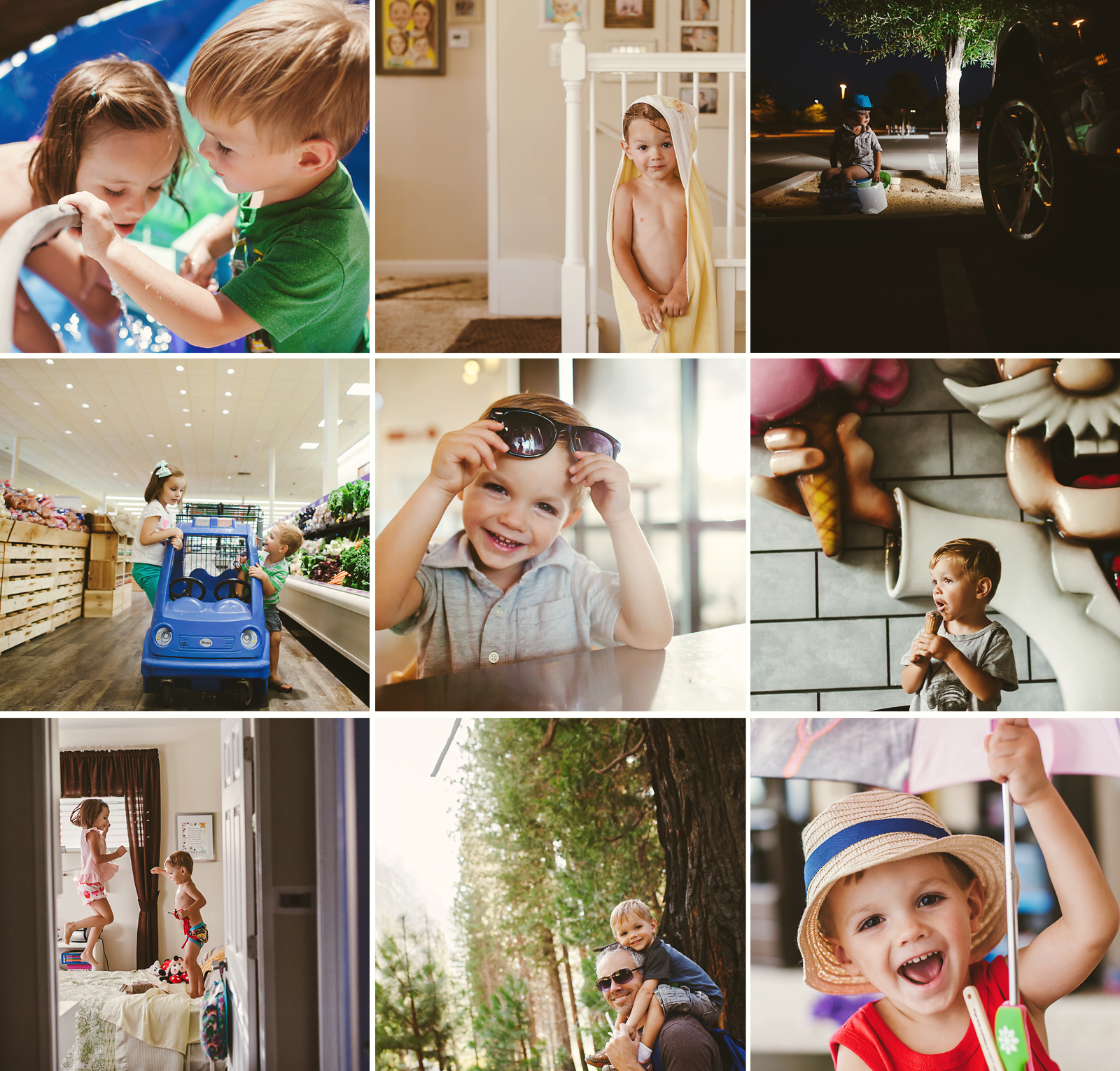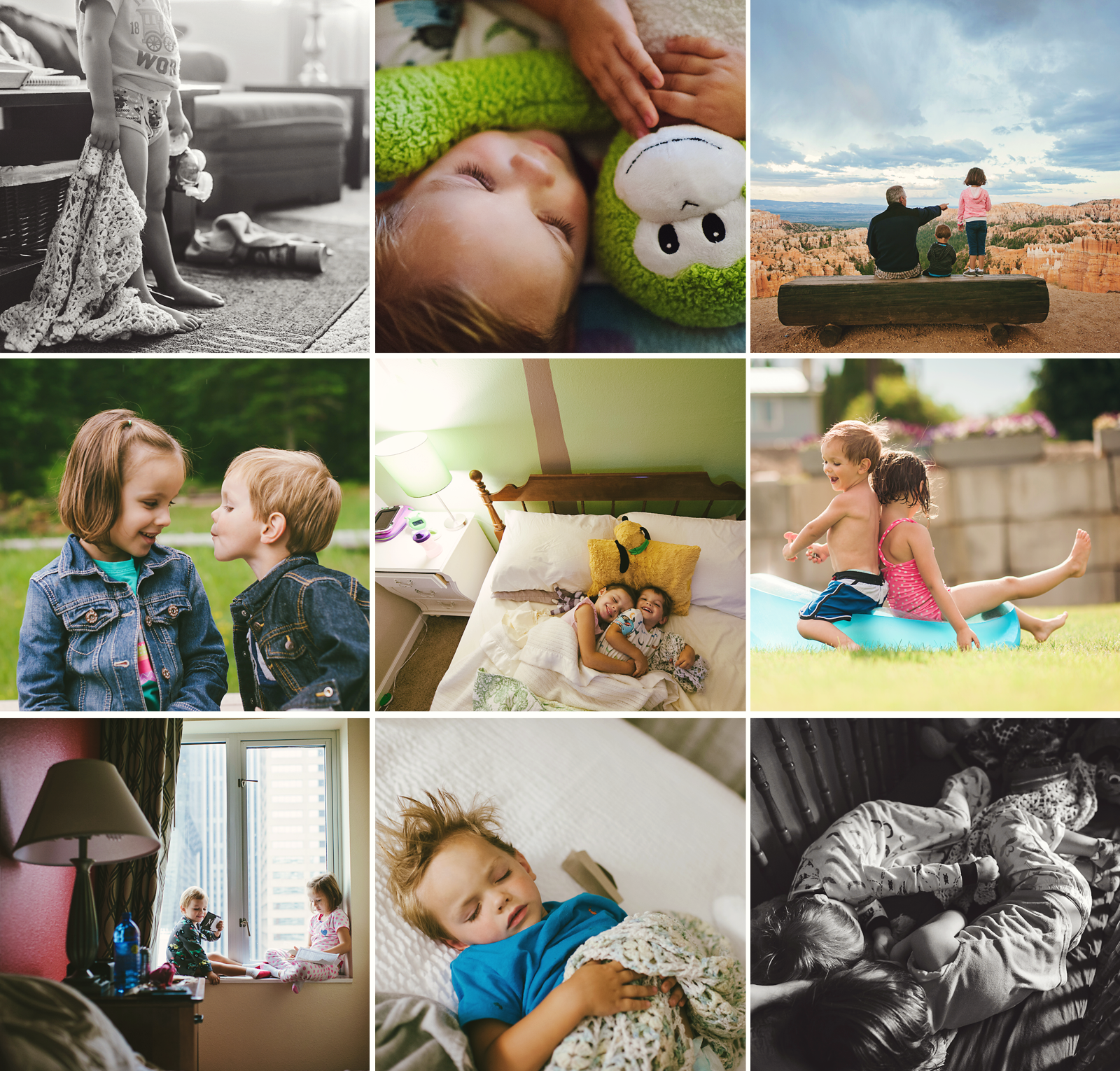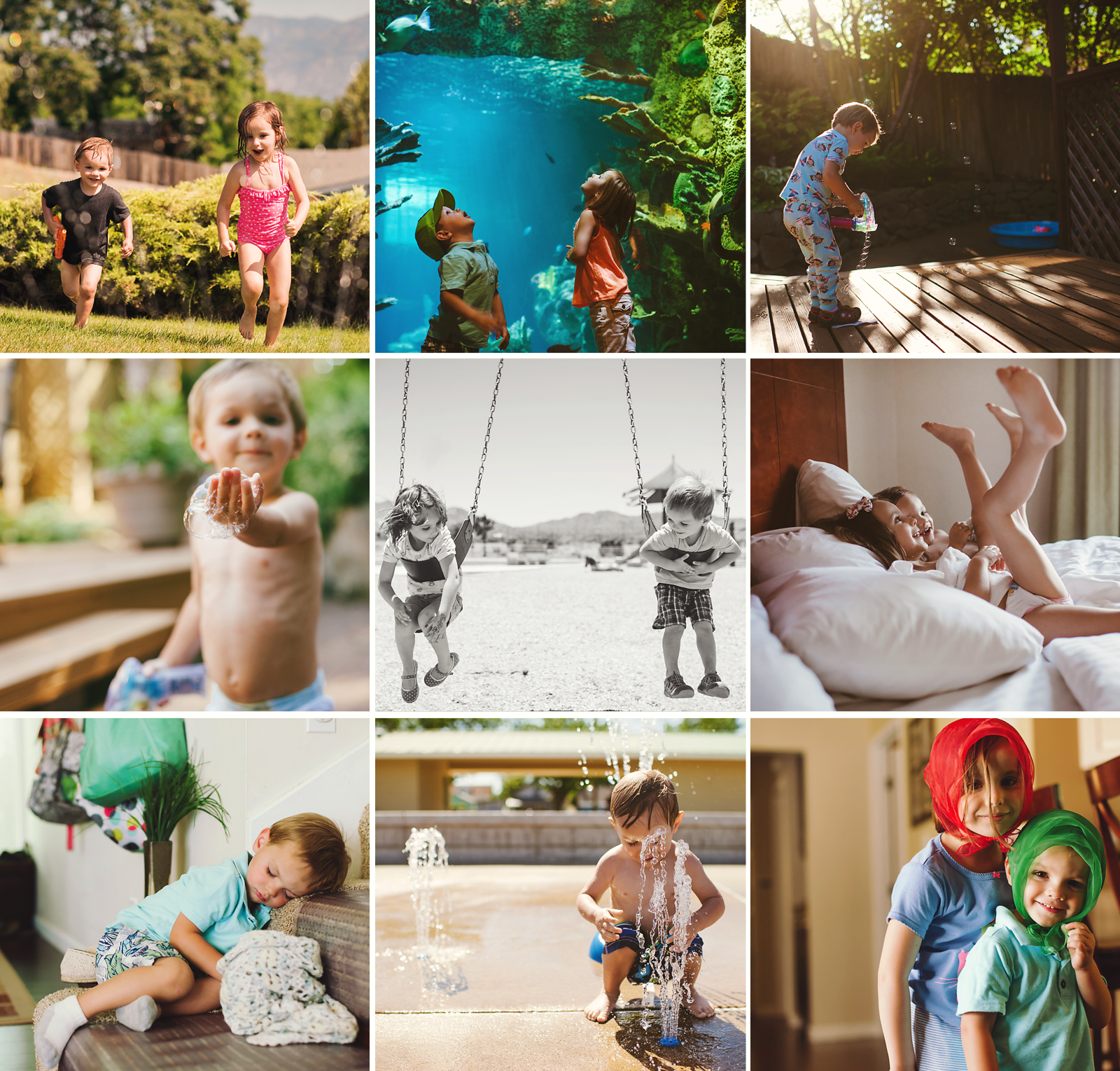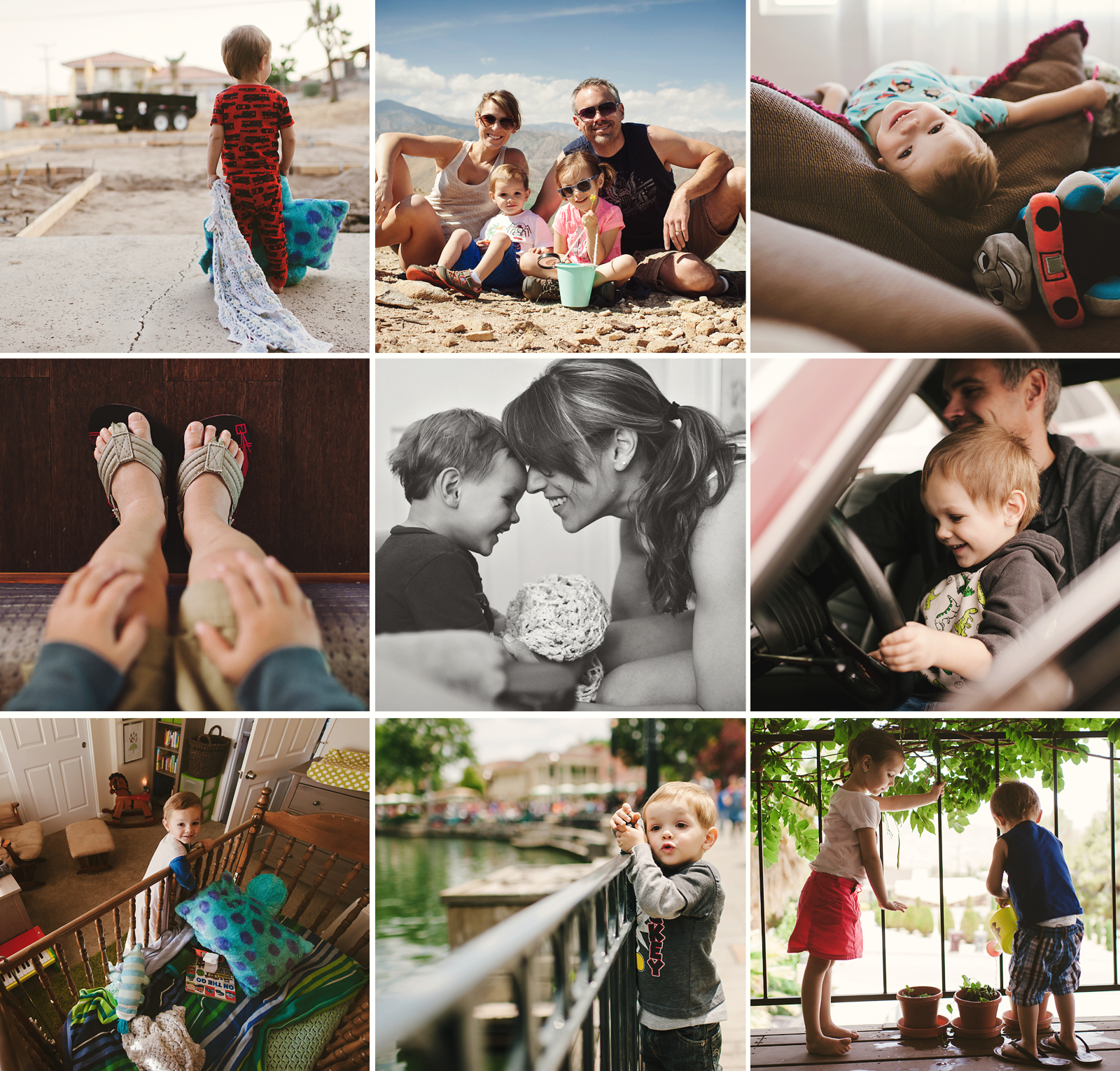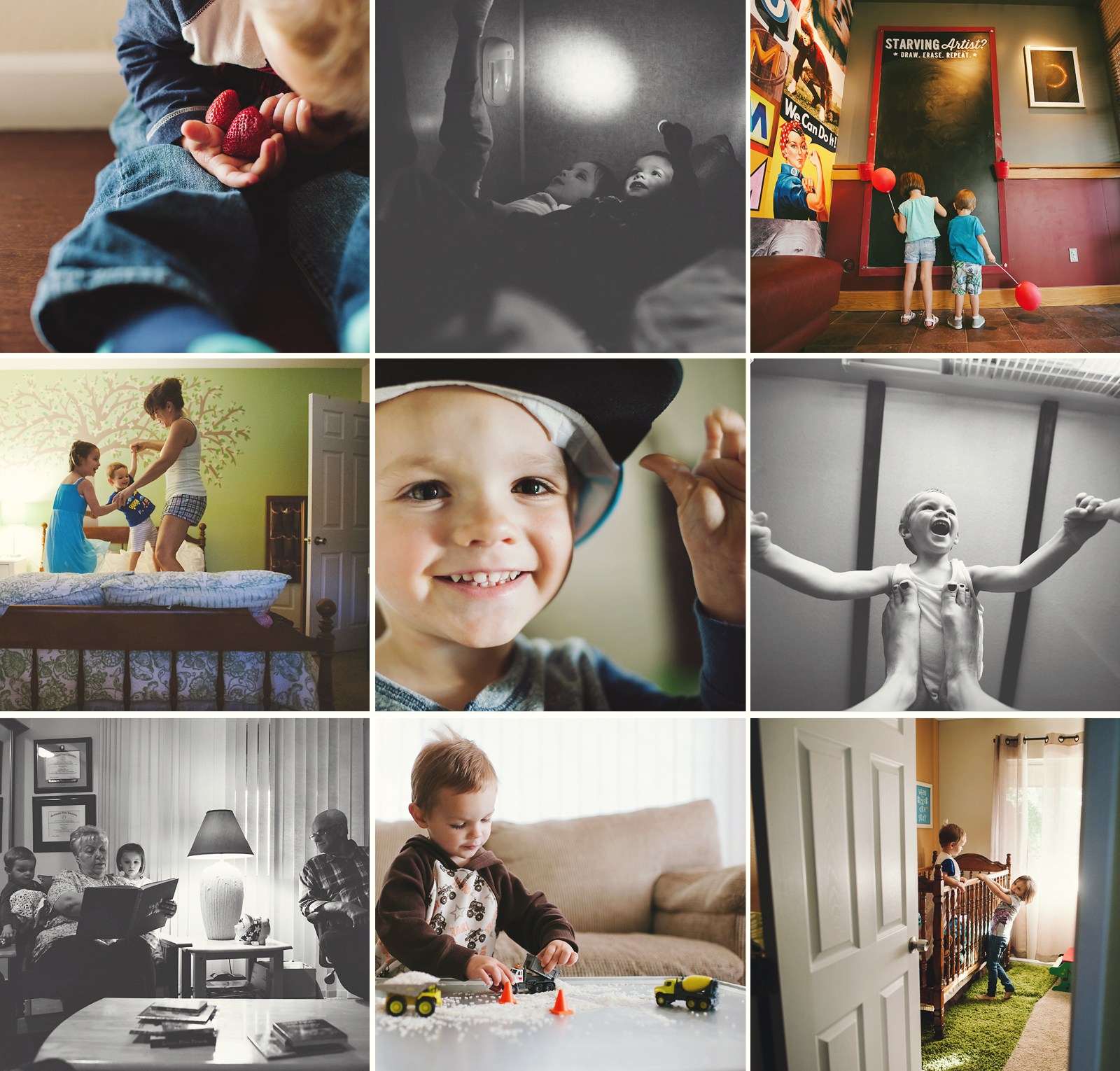The photographers who tend to inspire me most are the ones who take risks and sometimes break the rules. I’m not sure what that says about me, haha. I’ve always been a little bit of a rebel I guess. I’m also a nut for technically great photography. But if you can throw in something a little surprising too, even better. Greats – in any field – didn’t get to be great by doing things the same way everybody else did. They are great because they did something better and different than everybody else, because they took a risk. I aspire to be a photographer who isn’t afraid to step out on a limb and do something different, learn something new, be criticized for my imperfection. Hey, I’m still learning. I enjoy the journey and I can handle a few missteps. But one way I don’t ever want to be thought of is boring.
So here’s a little rule-breaking for ya. Some photos I took earlier this summer when I brought my backup equipement (my D300s and my first 50mm prime lens, in case the unthinkable happened) into the pool with us at high noon. Breaking the rules is something I do a lot with my kids because, (1) we live in the desert where there is a ton of sun and a lack of trees and tall buildings, (2) most activities with our kids do NOT happen during those happy golden hours of the day, (3) they rarely pose exactly when and were I want them to, and (4) I don’t want to miss out on the preservation of our memories because the light isn’t “ideal.”
Here’s my rules… more like my own personal tips… for shooting (people) in direct sun. And some photos that broke them all. 😉
- Find shade when possible. Sometimes all you need is a little patch. You may not be able to capture the whole scene, but it could be that a head shot is all you need.
- Avoid mixing shady and sunny areas into the same exposure. The camera can’t deal with it well. You’ll either have horribly underexposed areas or horribly overexposed areas. If you shoot in the sun, keep the whole scene in the sun. Or zoom in and keep the whole scene in the shade.
- Avoid patchy light on your subject’s face.
- If you’re shooting in the sun, put the sun over your subject’s shoulder. You may need to up your exposure to properly expose your subject but a (I use the exposure compensation button on my camera to quickly up the exposure – but there are several ways to do it – then I take a test shot and adjust up or down as needed.)
- Always be aware of what’s in front of your subject. A big dark wall behind you (in front of your subject) is not going to do you any favors. If you can’t have your subject face open sky, look for bright reflective walls or objects that might bounce light back onto their faces.
- Use a reflector to bounce light back onto your subject.
- If you want to or need to have your subjects facing the sun, let them wear sunglasses. Then, not only are you avoiding squinty eyes, they also look cool. Another idea if you’re shooting a couple, have them look at each other instead of the camera. Find a different angle that doesn’t require your subject squinting directly into the light source.
- Find something to filter the sun through, even a very small tree or building or bush can accomplish this. Trust me, you don’t have to be in the forest. I know this because we have no forests here. Orientate your subjects and yourself (you may have to get low) so that the sun is being filtered by the object and your subjects are in between you and it. Play around with it. Move up and down, move your subjects, take test shots and see what kind of cool flare you might be able to create.
- Wide open apertures are all the rage and I prefer them about 99% of the time. But every now and then it’s fun to stop it down and create sunbursts. Filter the sun (for example hide half of it behind the edge of a building or tree) and shoot with your aperture stopped down to f/16 or smaller.
- Be willing to break rules 1-9.
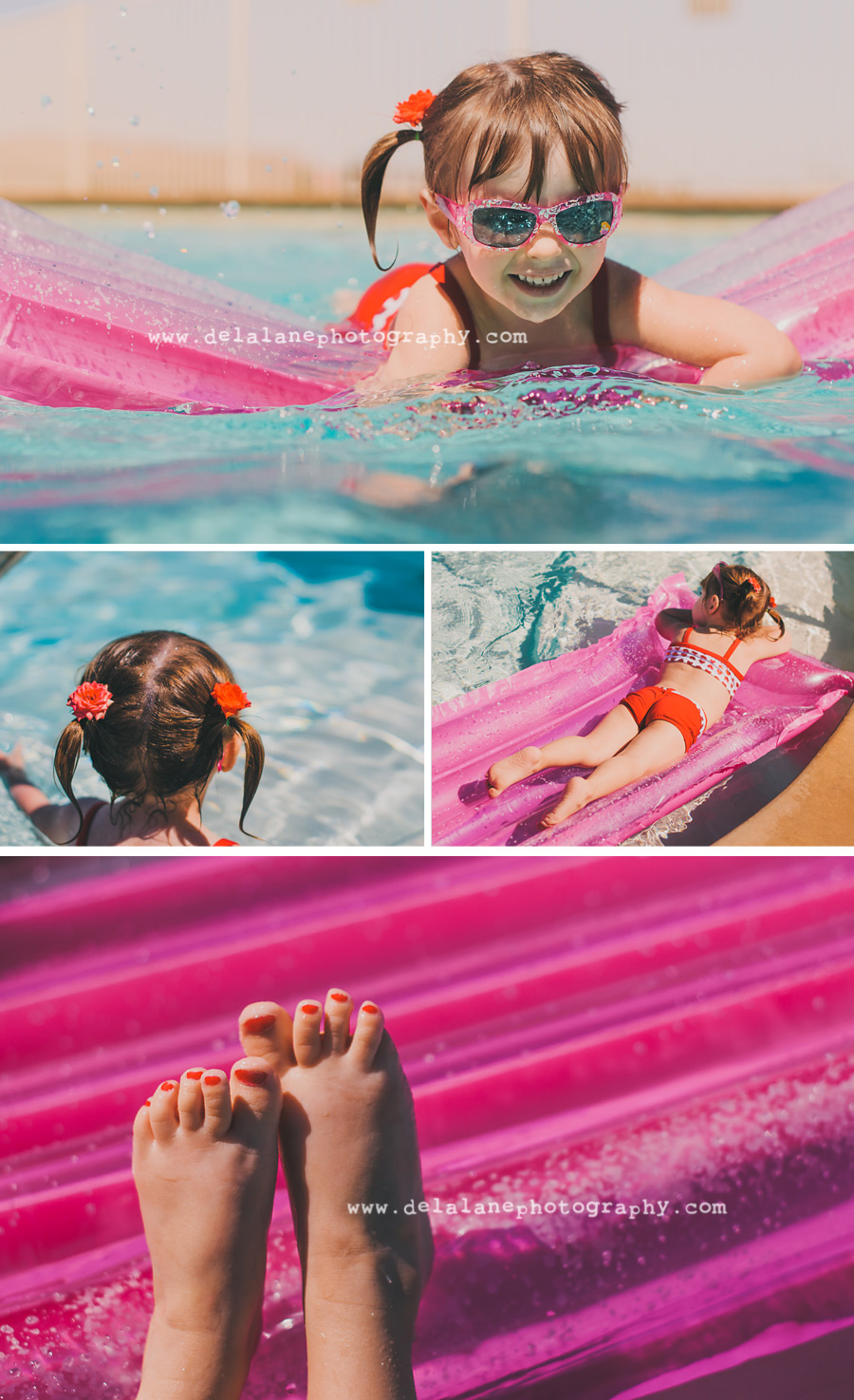
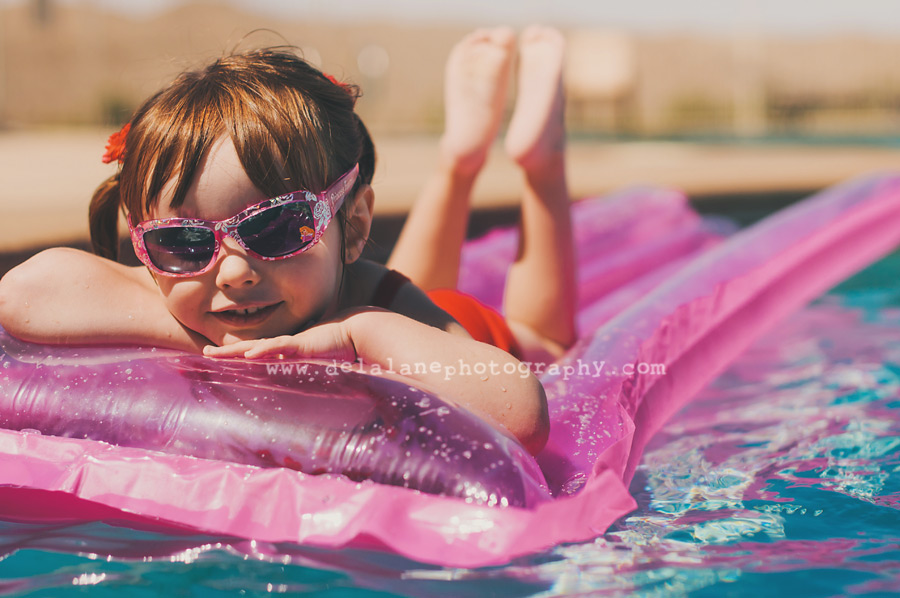
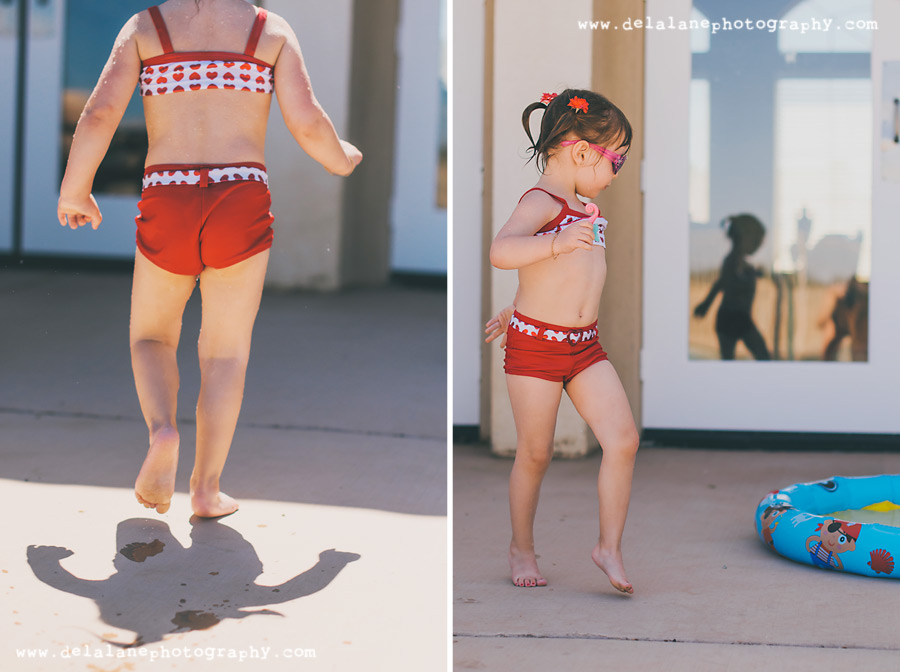









Tell Your Story | www.delalanephotography.com
